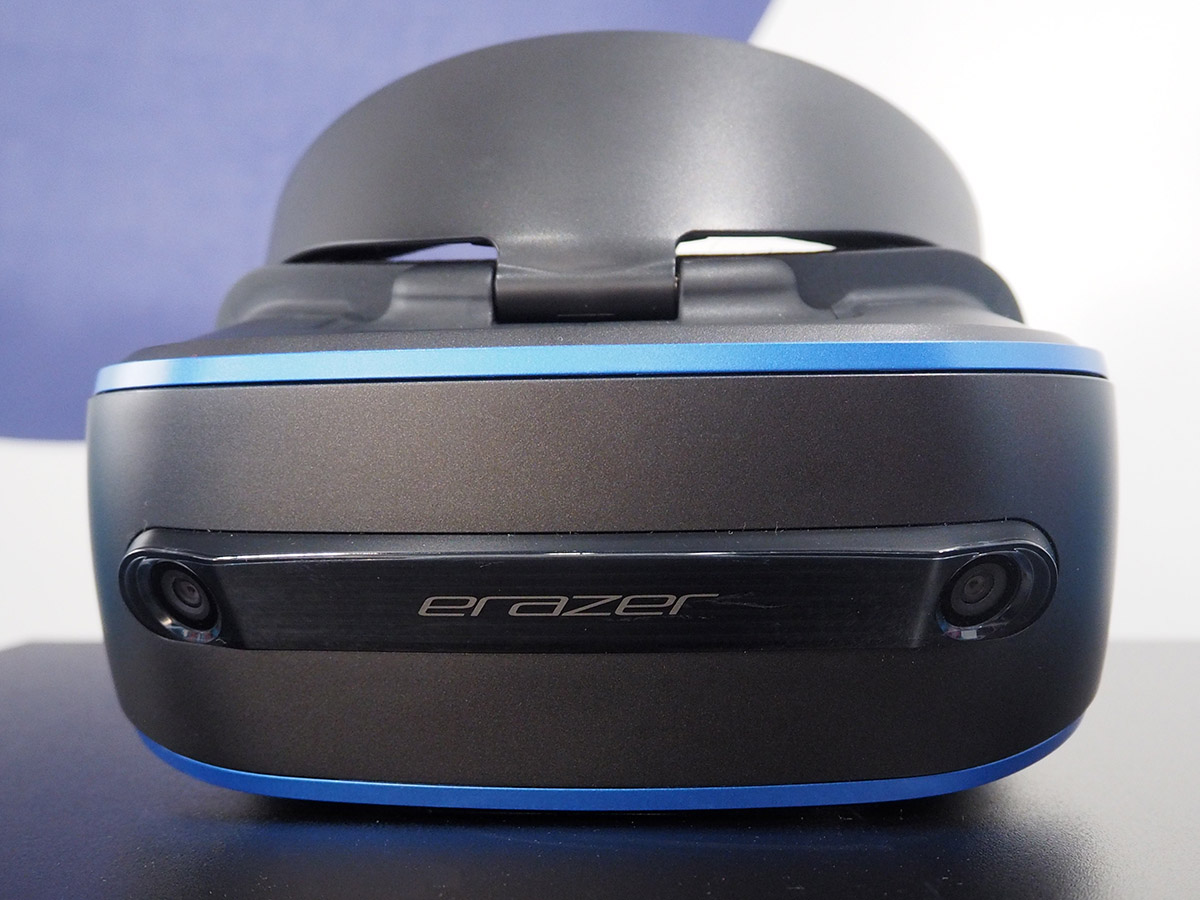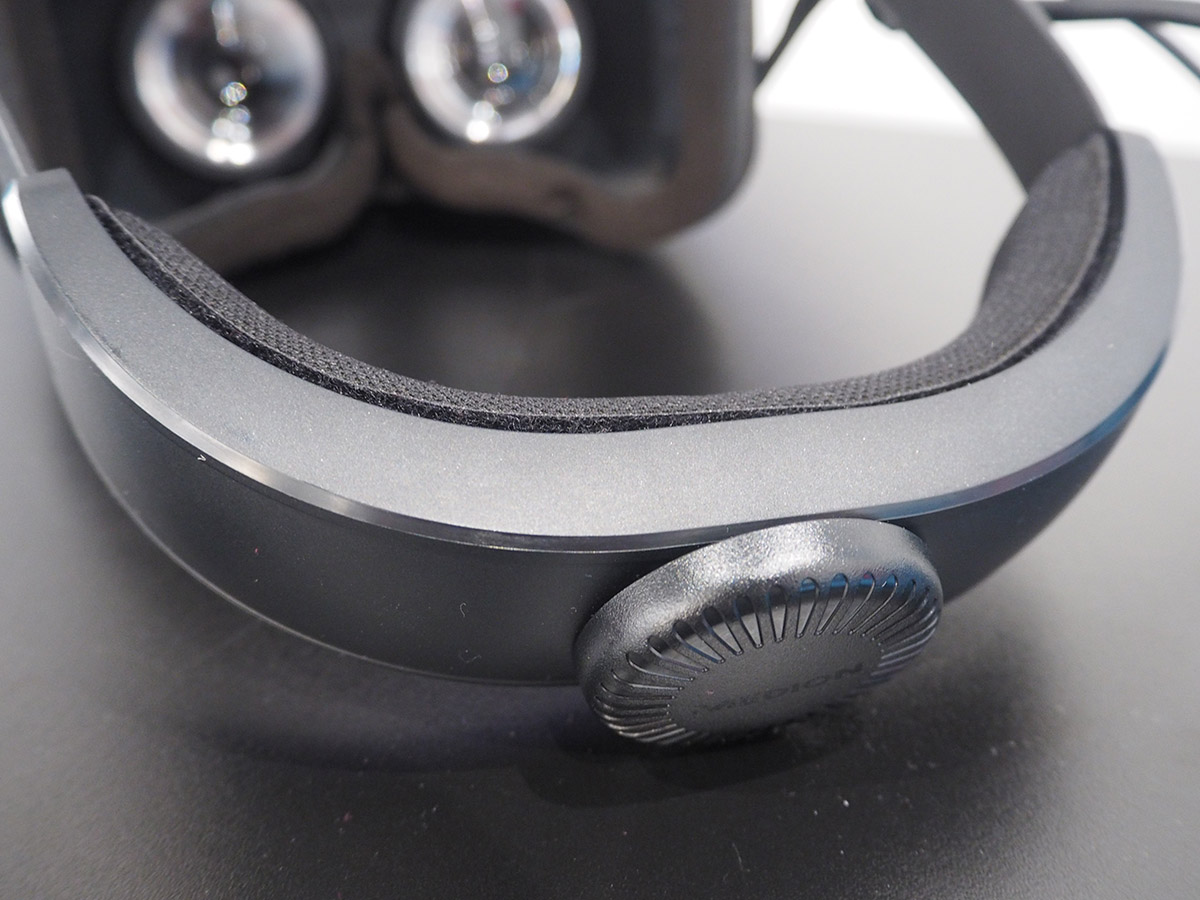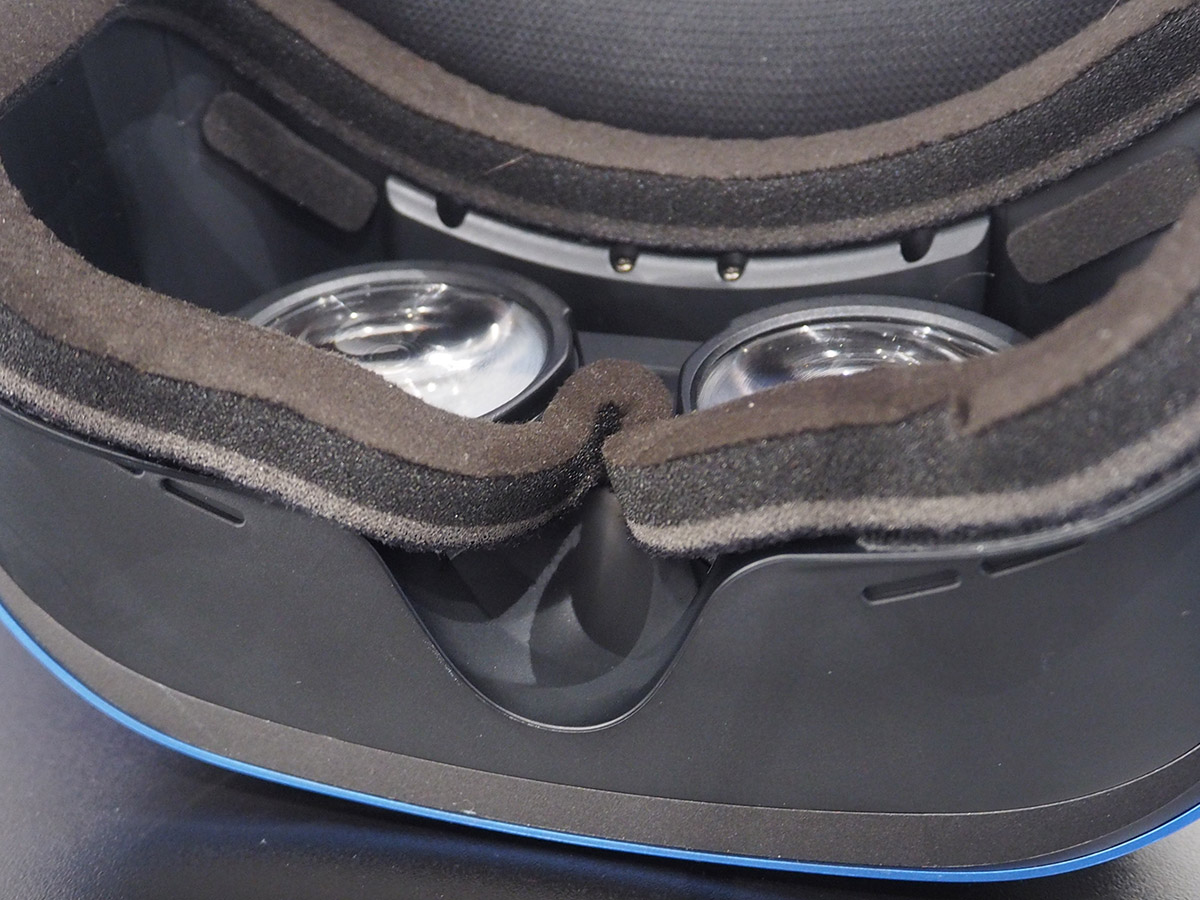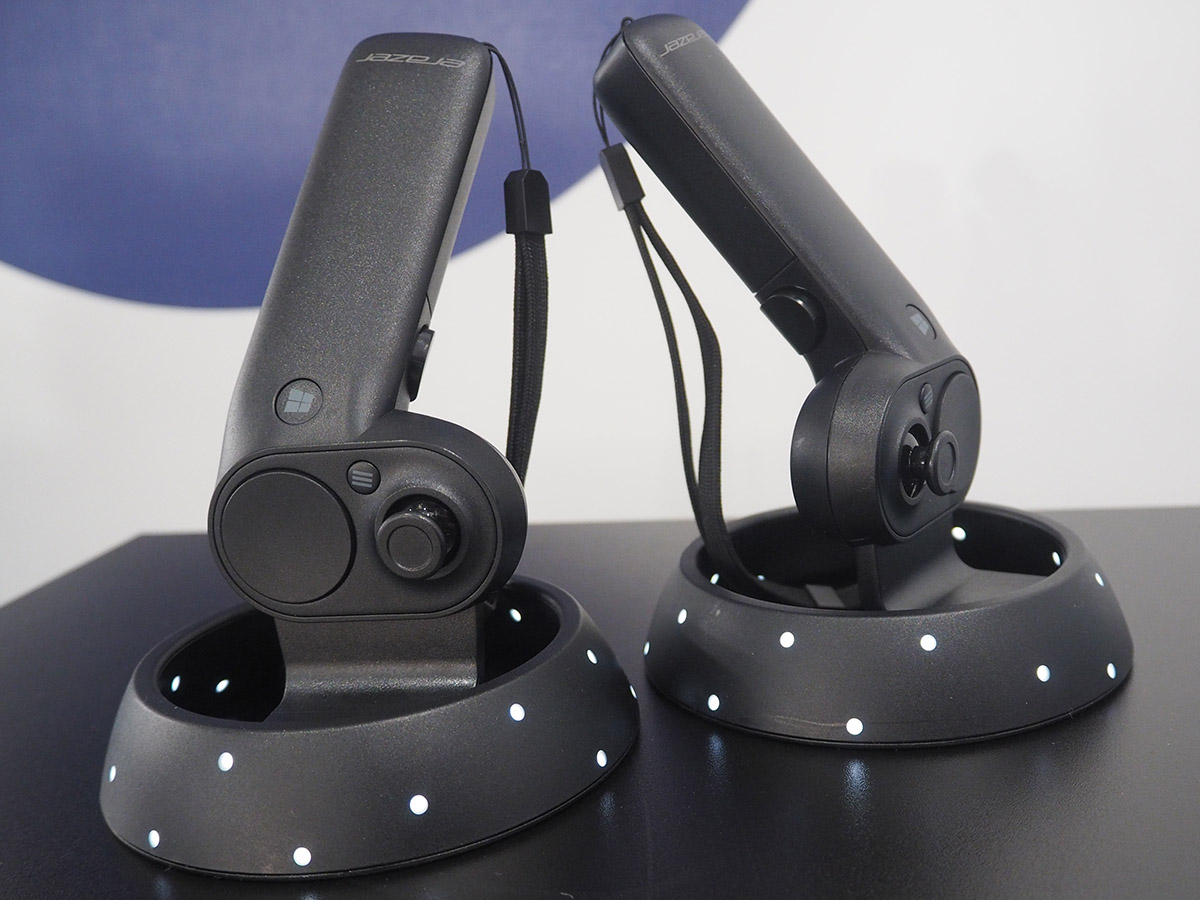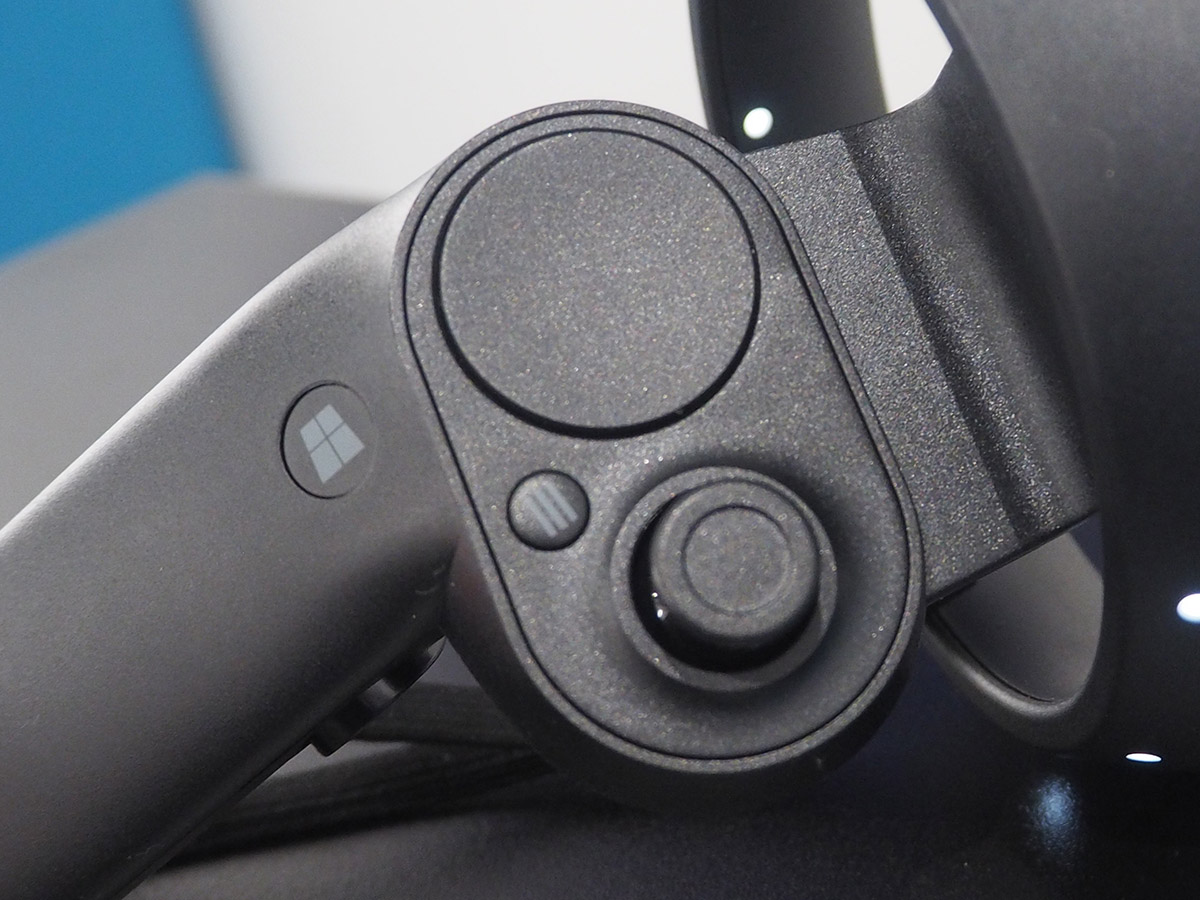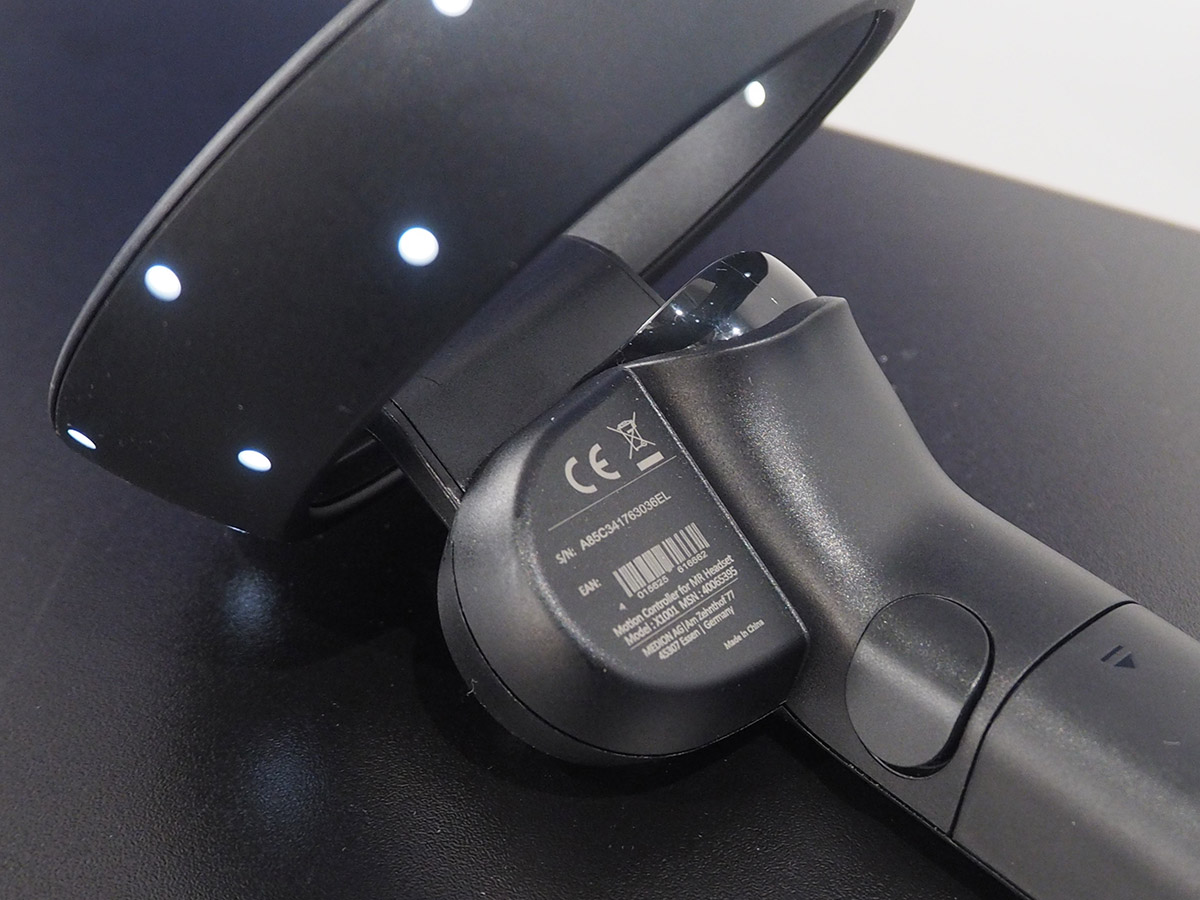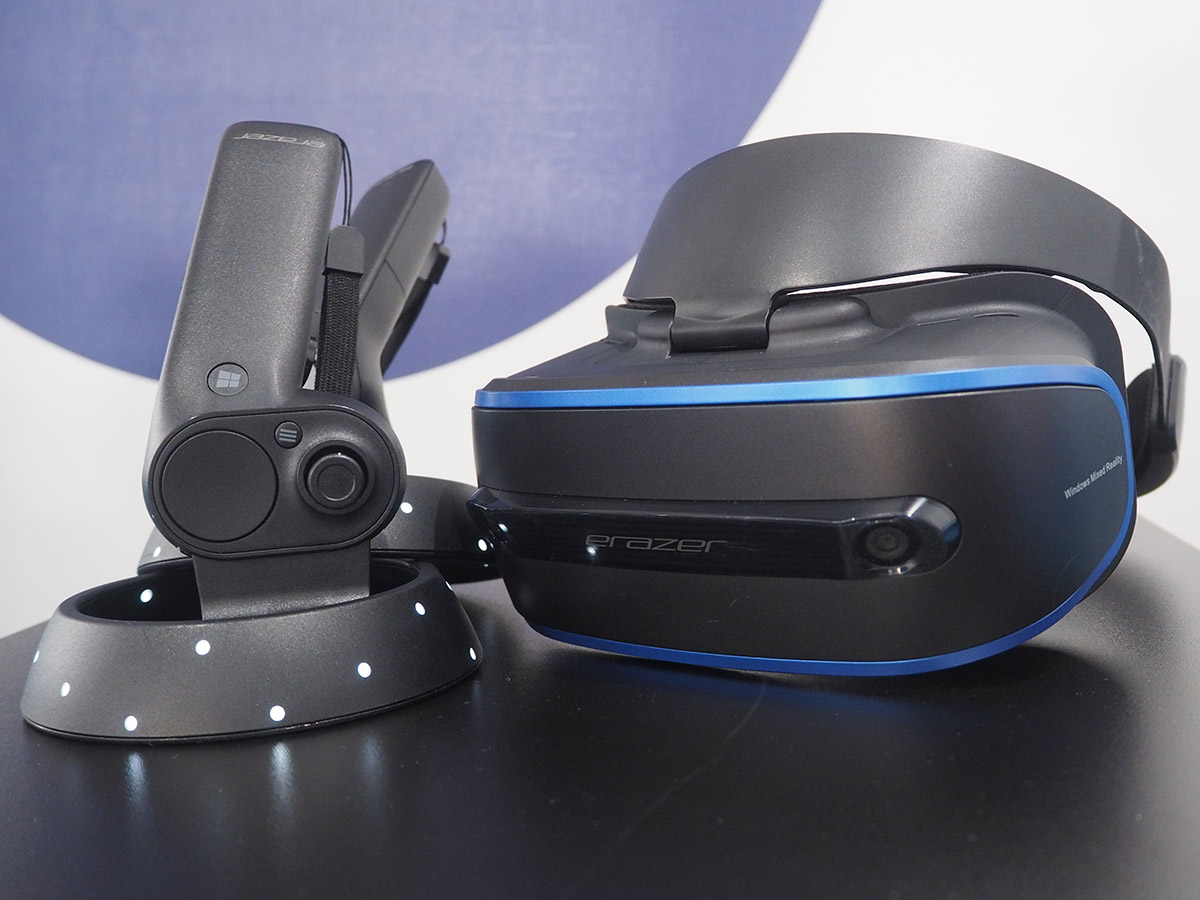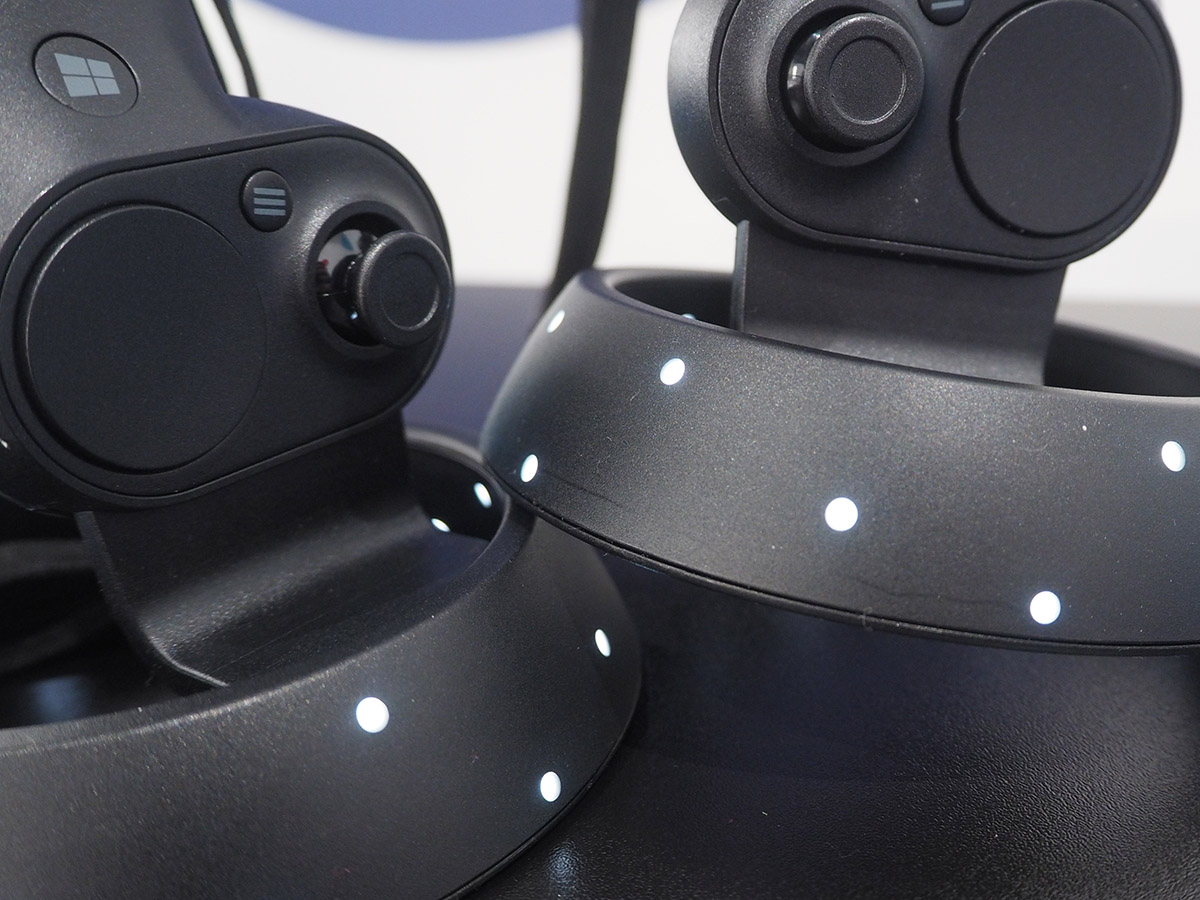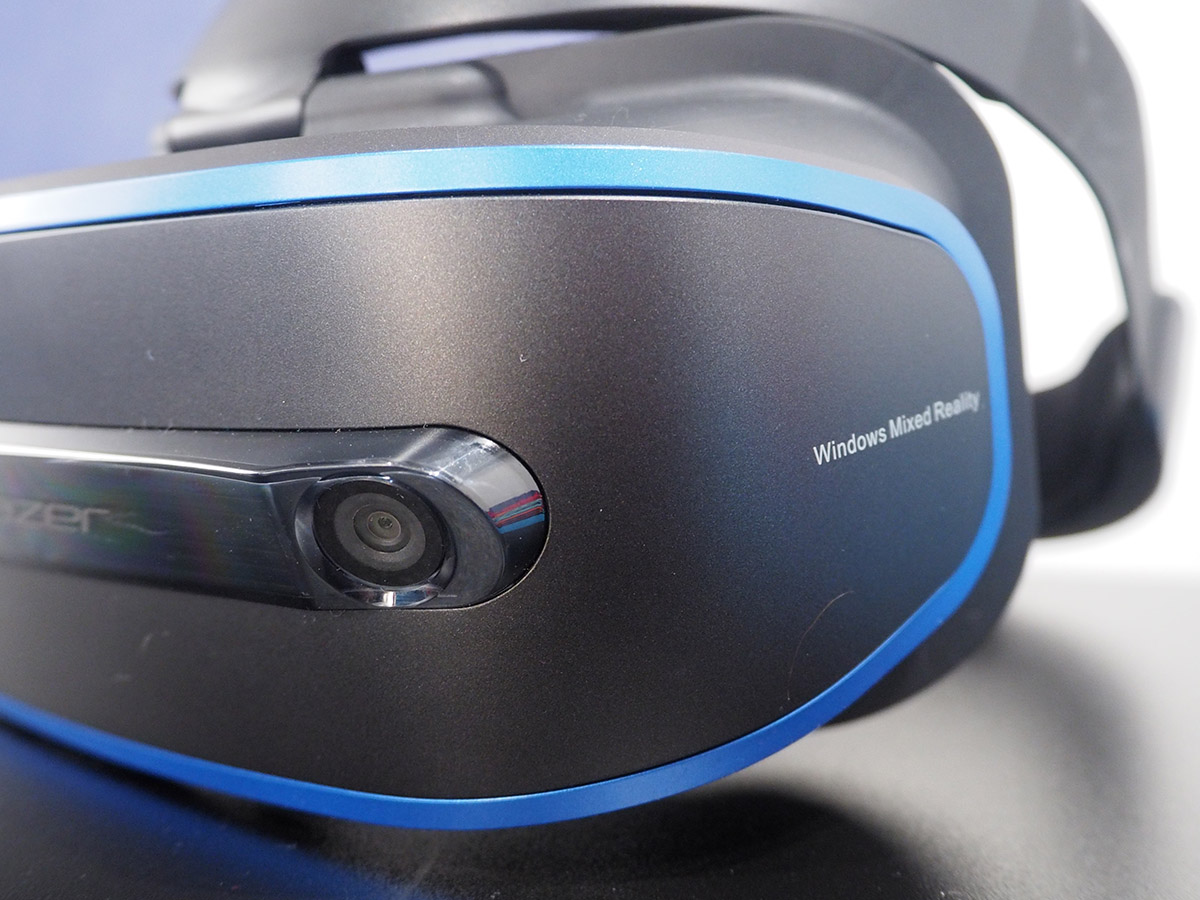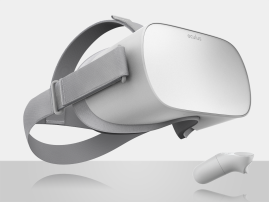Medion Erazer X1000 MR Glasses review
Cheap isn’t always cheerful - at least when it comes to Mixed Reality
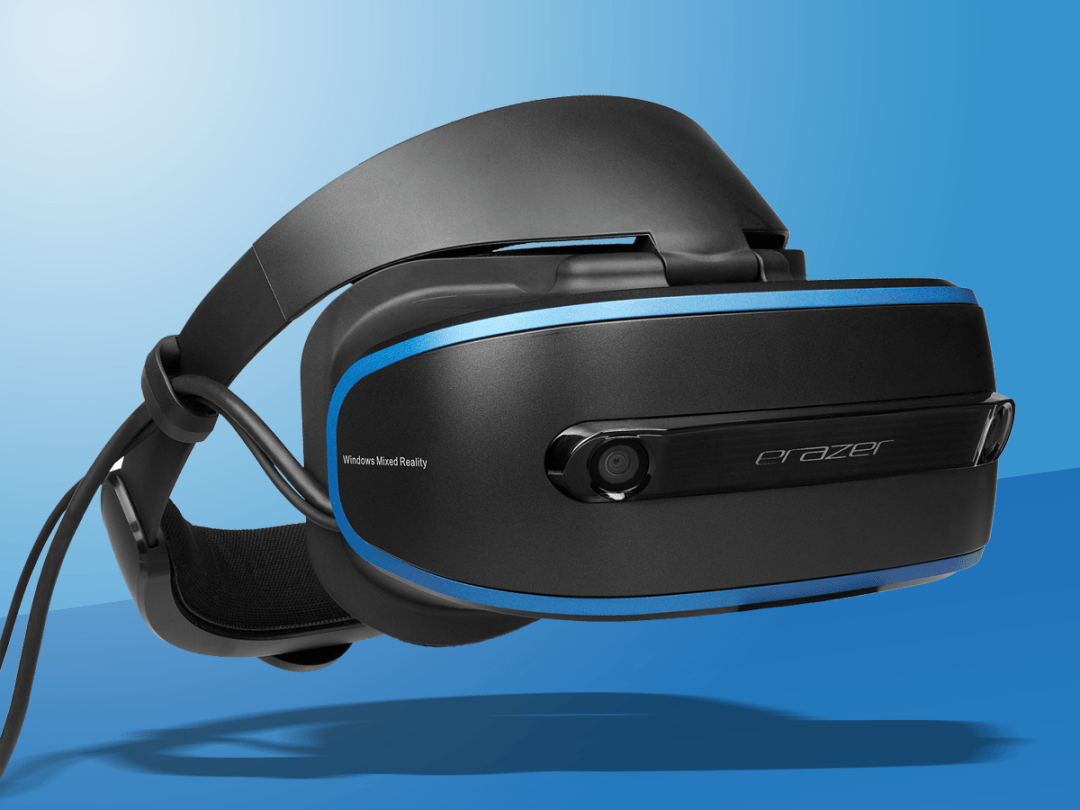
Mixed Reality might sound like the kind of dodgy cocktail you’d find on the menu at a university bar crawl, but it’s actually Microsoft’s big play for a piece of the VR pie.
With Oculus and HTC battling it out for big spenders with colossal gaming PCs, and Sony doing its own thing on PlayStation with PSVR, Microsoft is trying to make VR more affordable – and Medion is here to help.
The Erazer X1000 MR is the second Mixed Reality headset we’ve tested, and we’re already beginning to see a pattern – but don’t think every take on MR is equal…
MEDION ERAZER X1000 HEADSET
Like Acer, Asus, HP, Dell and parent company Lenovo, Medion’s Erazer 1000 Mixed Reality headset is built to Microsoft’s exact specifications – meaning that looks aside, there’s not much to set one apart from the others.
The Erazer follows this to the letter, with nary a game code or download DVD bundled in the box. It’s about as bare-bones as these kits get, with just the headset, motion controllers and cables in the box. At least you don’t have to supply your own AA batteries.
On the plus side, you don’t have any sensors to plug in: Microsoft’s reference design uses cameras built into the headset to track your position, and your controllers. That means jamming a single HDMI cable and one USB cable into your PC will get you up and running.
Oh, and some headphones.
Apart from Samsung’s Odyssey, none of the mixed reality headsets doing the rounds right now come with built-in headphones – including the Erazer. You’ve got to plug in your own pair of cans to the 3.5mm audio adaptor clipped to the headband. It’s a bit messy, and squeezing a gaming headset on top of the headset puts even more pressure on your bonce – stick to earphones, unless you want your head to feel it’s trapped in a vice.
The blue and black colour scheme doesn’t look quite as retro as Acer’s effort, but it’s nowhere near as premium as an HTC Vive or Oculus Rift, either. It uses a similar headband design, with a screw at the back to tighten it around your head.
With no hinge to flip the headset up, you’ve got to yank it off whenever you want to see what’s going on in the real world, which can be a pain for glasses-wearers.
There’s a reasonable amount of padding, but because you need to tighten things up so much to keep the headset locked in line with your eyes, it’s just not all that comfortable to wear for long sessions. Acer has the edge here, and Dell’s Visor is better than both.
The pair of 1440×1440 screens (one for each eye) have a slight resolution boost over Oculus Rift and HTC Vive, but because they use LCD rather than OLED panels, the contrast just can’t compete. Deep blacks instead look grey, taking you out of the immersion. You don’t have to try hard to spot the screen-door effect where you can see the pixels, either.
MIXED REALITY EXPLAINED
Mixed Reality is, right now, just Microsoft’s name for VR. Until it gets the augmented reality part down with Hololens, you’ll only be exploring virtual worlds with one of these on your bonce, not bringing digital creations into the real world.
MEDION ERAZER X1000 CONTROLLERS
Beyond a bit of branding, the light-up controllers look identical to those bundled with any other Mixed Reality Headset: a little chunky, with a glowing ring of LED lights around the top to track their position in VR.
The triggers, grip buttons, touchpads and joysticks are a mishmash of the Oculus Touch and HTC’s Vive controllers. Microsoft has given developers a helping hand by forcing its partners to use identical layouts, but it would have been nice to have rechargeable controllers instead of battery-powered ones.
When you’ve got ‘em out in front of you, the controllers work brilliantly, with accurate tracking and smooth movement. Move out of sight of the headset cameras, though, and the controllers disappear from view. Vive and Oculus work better for room-scale VR, because they know where your controllers are at all times – not just when the camera detects them.
MEDION ERAZER X1000 UI & EXPERIENCE
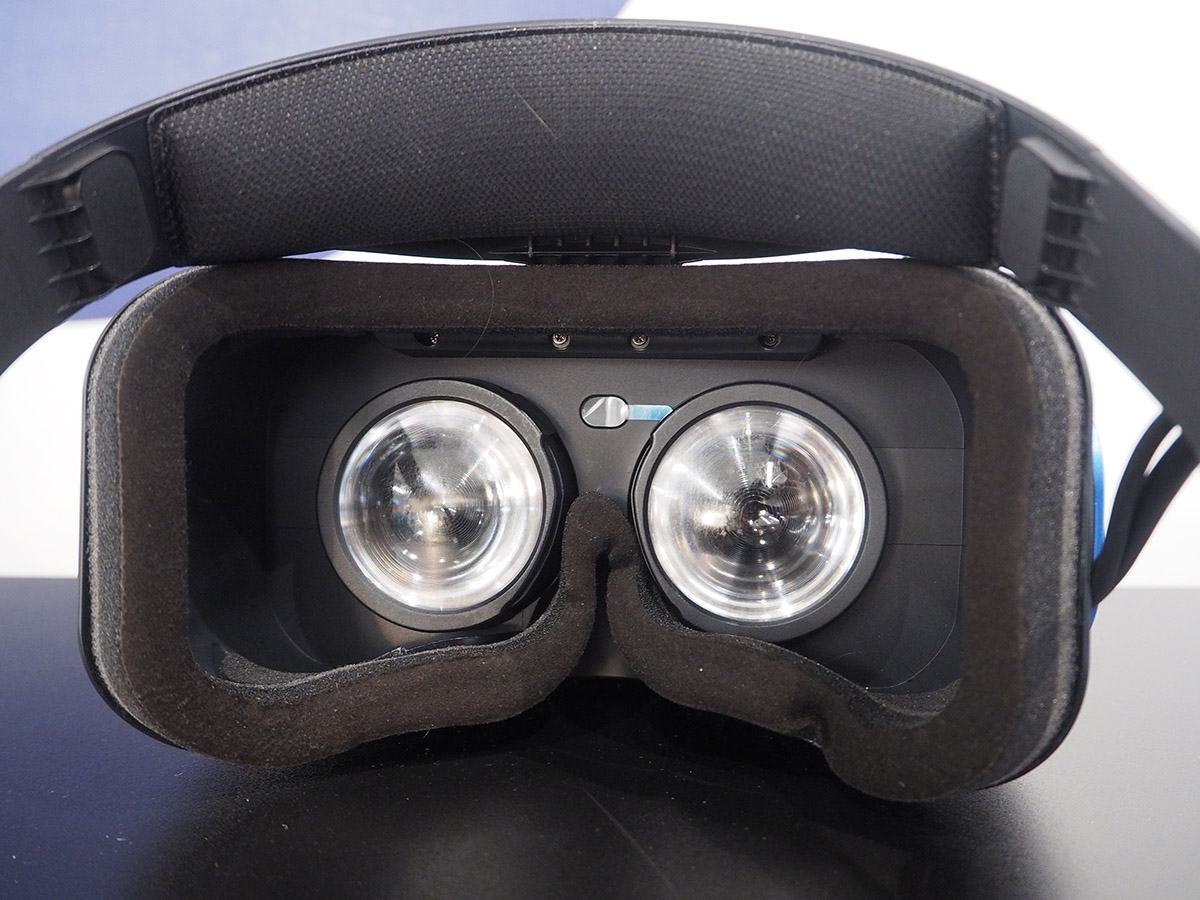
Mixed Reality does work with room-scale VR: you plot out your boundaries when you first install the software, and then a white barrier appears in-VR to stop you bashing into your room’s furniture.
Exploring Microsoft’s Cliff House environment is easy if you’re stationary or moving about, with the controllers warping you between spots and launching VR apps like they were massive pictures sprawled across every wall.
You can add your own shortcuts as 3D objects, or run desktop apps in VR, but to be honest it’s a real gimmick.
Valve’s menu-based SteamVR interface is miles better, but support for Mixed Reality headsets is still technically in early access, and getting your floating cursor lined up with the game you want can be a bit of a dark art.
That’s a problem, because Microsoft just doesn’t have that many VR apps or games of its own. Beyond a few standout titles like time-bending shooter Superhot VR, most of the apps in the store are simple videos or minute-long virtual experiences.
Medion Erazer X1000 VERDICT
While we wait for Microsoft to make getting VR content that bit easier, either by partnering with Vive and Oculus, or working closer with Valve on SteamVR, Mixed Reality just feels like baby steps – steps HTC and Oculus have already taken.
The tech works well enough, although Medion’s headset isn’t the most comfortable out there – Dell’s Visor is the best take on Microsoft’s design we’ve tried to date, and the Erazer isn’t dramatically cheaper, making it a tough sell.
A Rift is still the better buy for getting into VR on a PC today, but once all the SteamVR kinks are worked out, Mixed Reality will claw back some advantage.
Tech specs
| SCREEN | 1440×1440, 90Hz LCD w/ 105° field of view |
| CONNECTIVITY | HDMI 2.0, USB3, 3.5mm audio |
| WEIGHT | 568g |
Stuff Says…
Microsoft’s restrictions mean there’s not much variation between Mixed Reality headsets, making it hard to pick the Medion when more comfortable alternatives cost the same
Good Stuff
Setup is a cinch
Tracking very good
Great image quality
Bad Stuff
Not as comfortable as other MR headsets
Microsoft’s rules still restrictive
Cliff House interface is irritating
